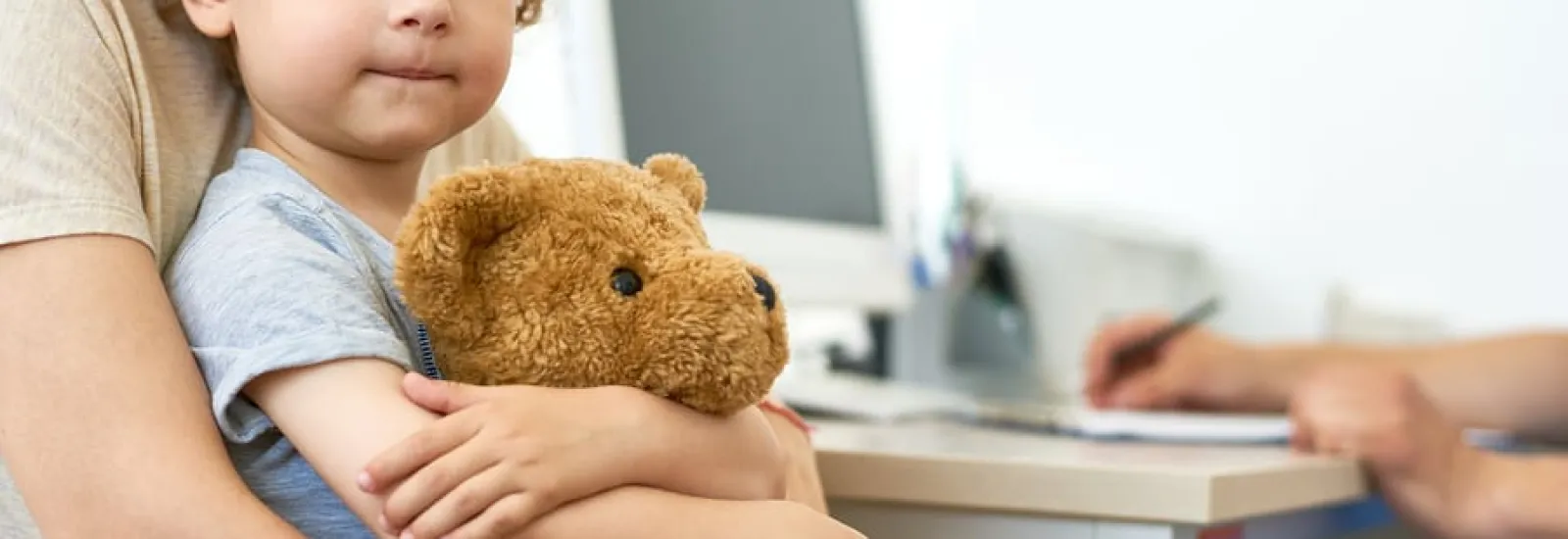
What to expect for your child’s hearing test
The ability to hear is a critical ingredient of a child’s cognitive social and emotional development. Even mild hearing loss can cause trouble for your son or daughter. That’s why it’s important to get a child’s hearing test.
Hearing loss is a fairly common congenital disability. The inability to hear well affects one to three of every 1000 babies according to the National Institute on Deafness and Other Communication Disorders (NIH). A hearing test is the most accurate way to check your child’s hearing.
Screening which is painless and noninvasive can identify even mild hearing loss. The sooner you know about any hearing loss the more quickly you can find resources to help your child.
Types of hearing tests for children 
There are various hearing tests depending on the age of your child. Medical professionals also use different child’s hearing test methods based on any symptoms or concerns. In general hearing tests are given at various points during a child’s development including infants before they leave the hospital at pediatric wellness checkups before entering school and throughout the school year.
Infant hearing tests
Babies are given one of two tests Otoacoustic Emissions (OAE) and the Auditory Brainstem Test (ABR). The OAE screening uses small microphones placed in the infant’s ear canal to measure the response to small sounds that are played into the ears.
ABR uses headphones placed over the baby’s ears and electrodes on the head. The electrodes measure the baby’s hearing nerve as it responds to soft sounds played through the headphones.
What to expect at an infant hearing test
During infant hearing tests babies are usually asleep. For the best results you’re asked to bring your baby to the appointment as tired as possible.
In preparation for testing the audiologist may need to clean your baby’s skin on the forehead and behind the ears. You will then be asked to rock your child to sleep. If necessary during the appointment you may feed and change your baby’s diaper to aid in sleep. The room will be kept quiet during the procedure so it’s best not to bring other children.
The audiologist will ask questions about your baby’s health and hearing and at the conclusion of the test your child’s results will be discussed. Additional hearing tests may be scheduled if necessary.
Hearing tests for children over six months old
Older children don’t have to be asleep in order to have a hearing test performed though the test results may be more easily obtained if they are asleep. There are several types of hearing tests for older children.
Visual Reinforcement Audiometry (VRA) and Conditioning Play Audiometry (CPA) are two ways to test children between the ages of six months and three years. VRA is a test that watches for behaviors in children as they hear sounds coming from speakers in their environment. Conditioned Play Audiometry requires children to perform an action in response to specific sounds and can be made into a fun game.
What to expect at hearing tests for older children
Hearing tests for children six months and older usually take between 20 to 40 minutes. The room is kept quiet during testing so that an accurate diagnosis can be made. Your child’s ears are examined and you will be asked questions about his or her health and hearing.
During testing depending on your child’s age the audiologist will use games to help with testing most efficiently and may also check for problems with your child’s middle ears like fluid. Games may also be used to see how your child responds to speech. Various props are also used for this purpose including toys and pictures.
After the test the audiologist will discuss results and let you know if any further testing is needed. This appointment is a great opportunity to ask any questions you may have.
Completing your child’s hearing test is a gift that could literally last a lifetime. Take care of any hearing issues early and you help ensure that your child lives a healthy happy life.

